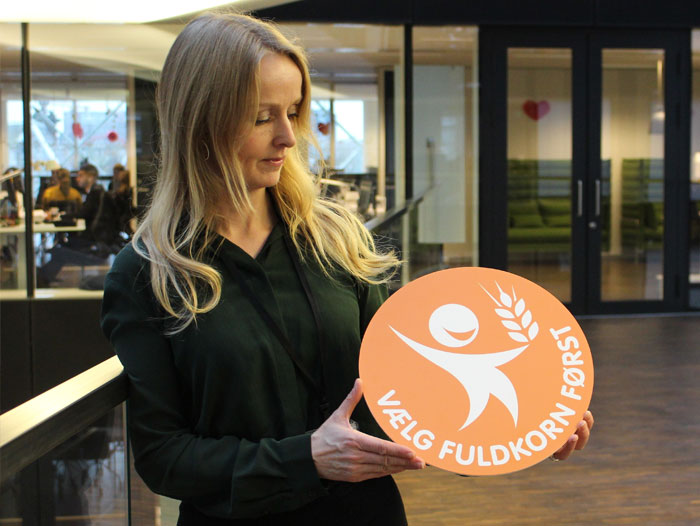Leveraging Partnerships to Promote Whole Grains: An Interview With Rikke Iben Neess of The Danish Whole Grain Partnership
June 9, 2021 | 2 min to read

Over the last 15 years, the average daily whole grain intake of Danes has increased from 36g to 82g. The educational efforts and promotional activities of the Danish Whole Grain Partnership are largely responsible for this wildly impressive leap in whole grain consumption. This month we caught up with Rikke Iben Neess, campaign leader for the Danish Whole Grain Partnership to learn more about the success they have had increasing whole grain intake among the Danish population.
Can you tell us a bit about the history of the Danish Whole Grain Partnership and about the type of work your organization does in promoting whole grains?
Neess: We began our work out of a growing concern about decreasing whole grain intake in the Danish population in 1990-2000. Some of our partners were concerned by the increasing popularity of fat-rich diets (e.g. Atkins) that seemed to be part of a general trend leading to a considerable decline in the intake of whole grain bread. At same time, millers, bread producers, and bakeries experienced a weakened demand for their products. Parallel to this development, health NGOs were becoming more and more aware of the increasing evidence of the health benefits of whole grain. It was on this foundation that the Danish Whole Grain Partnership was established. The aim of the Danish Whole Grain Partnership is to create target-oriented and effective activities to ensure Danes eat more whole grains and thereby improve public health. We work to increase the number of products carrying the orange whole grain logo, a packaging symbol used in Denmark to indicate healthy, whole grain products (seen in the picture above). When the logo is on a product it indicates the product has a high content of whole grains and a low content of fat, sugar, and salt. At the same time, we try to motivate producers to add a little bit of whole grains to a wide range of existing products.
To read the rest of the story, please go to: Whole Grains Council
